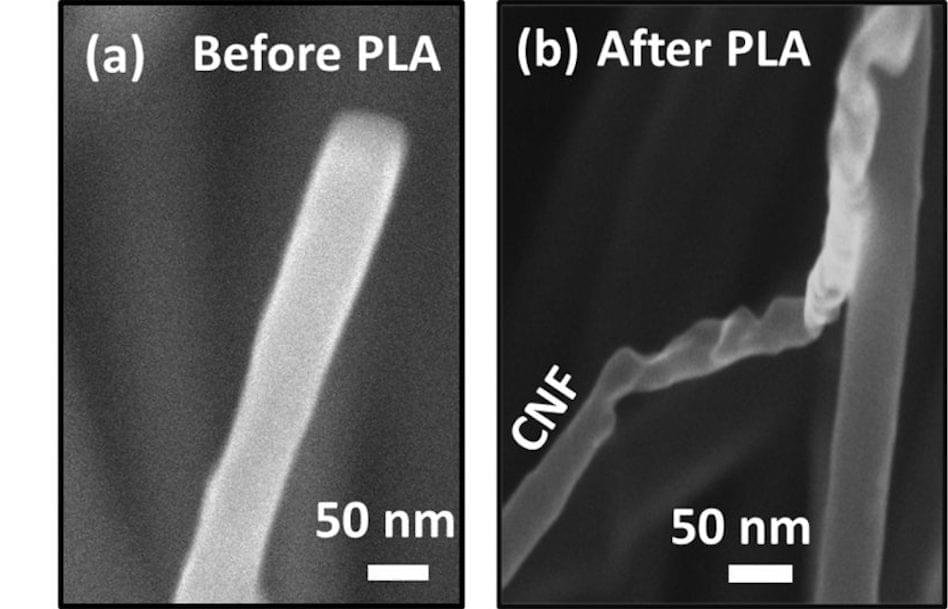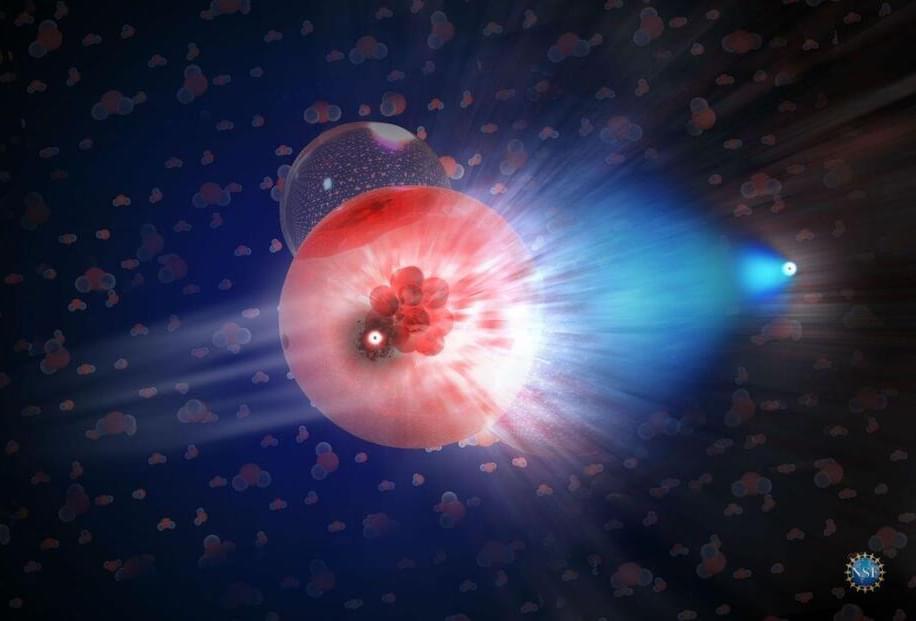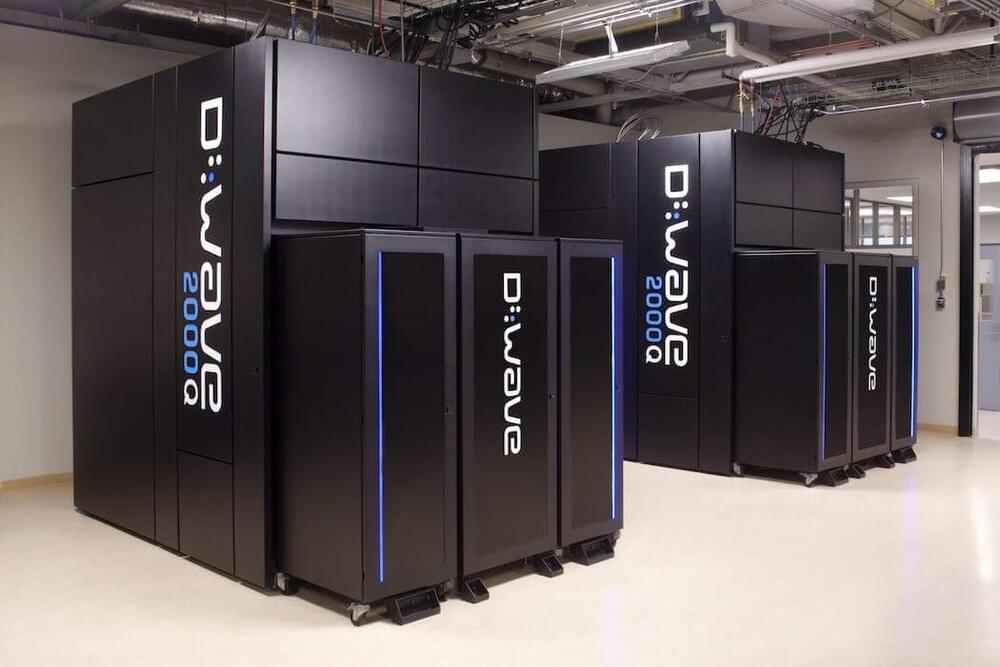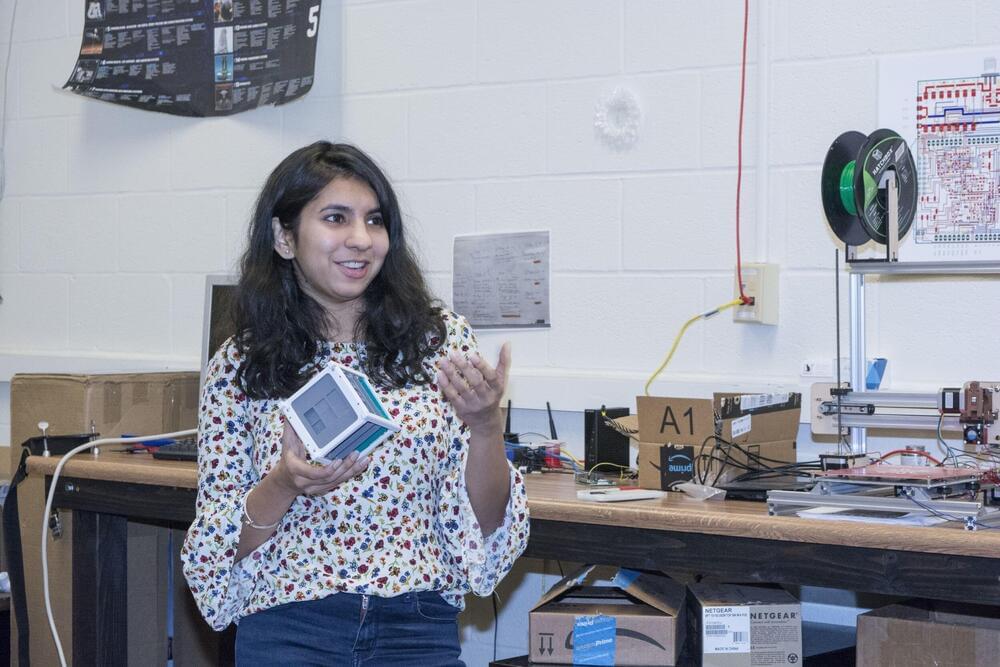In response to pressure from right-to-repair advocates, Microsoft has released a new teardown video for its Surface Laptop SE.
Get the latest international news and world events from around the world.


China’s New Space Station Will Be Powered by Ion Propulsion System
Such thrusters have been used since the 1970s; however, the Tiangong’s core module is set to become the first crewed spaceship propelled by ion drives. China is betting big on ion thrusters and intends to develop them on a far greater scale for its deep-space missions.
The space station’s core Tianhe module, which will welcome its first astronauts later this month if all goes to plan, is propelled by four ion thrusters, which utilize electricity to accelerate ions as a type of propulsion.
When compared to chemical propulsion, which keeps the International Space Station (ISS) in orbit, ion drives are much more efficient. According to the Chinese Academy of Sciences, the ISS’s thrusters require four tons of rocket fuel to keep it afloat for a year, whereas ion thrusters would require only 882 pounds (400kg) to do the same.
Sold-out Swedish Jetson ONE personal eVTOL set for delivery in 2022
Swedish flying car maker Jetson will deliver its first batch of Jetson ONE personal eVTOL this year before scaling production in 2023.
Though still young, 2022 is shaping up to be monumental for Swedish flying car developer Jetson, which plans to deliver the first series of its one-passenger personal electric vertical takeoff and landing (eVTOL) vehicle later this year, then turn to outside investors to help scale activity.
Interest in the craft has been even wider than sales figures indicate. The video introducing the Jetson ONE personal eVTOL vehicle has been viewed over 14 million times since going online in October.
Swiss-Made Hybrid Tilt-Wing eVTOL With Eight Seats Boasts a 630-Mile Range
EVTOLs (electric vertical take-off and landing) are gearing up to become serious competition for conventional helicopters, as the clean energy and advanced urban air mobility trends continue to rise. A Swiss eVTOL developer is ready to begin flight tests for its eight-seat aircraft that will be operating across Scandinavia.

Astronomers propose building a neutrino telescope — out of the Pacific Ocean
Meet the ambitious P-ONE proposal.
The P-ONE design currently involves seven 10-string clusters, with each string hosting 20 optical elements. That s a grand total of 1,400 photodetectors floating around an area of the Pacific several miles across, providing much more coverage than IceCube.
Once it’s up and running, you just need to wait. Even neutrinos will strike some ocean water and give off a little flash, and the detectors will trace it.
Of course, it’s harder than it sounds. The strands will be moving constantly, waving back and forth with the ocean itself. And the Pacific Ocean is … less than pure, with salt and plankton and all manner of fish excrement floating around. That will change the behavior of light between the strands, making precise measurement difficult.



